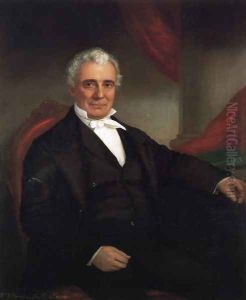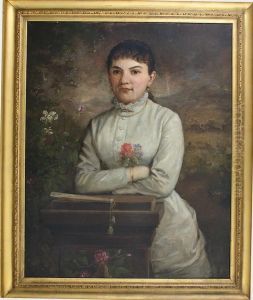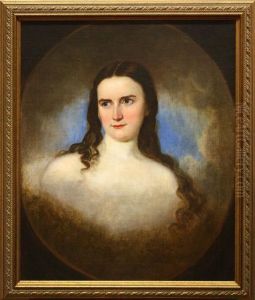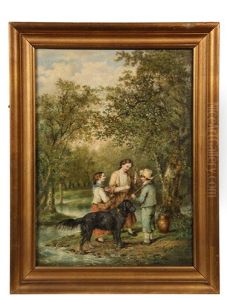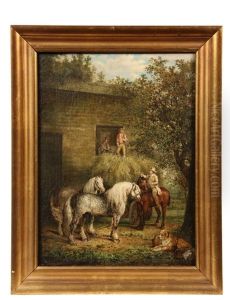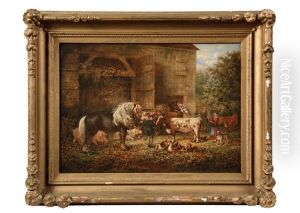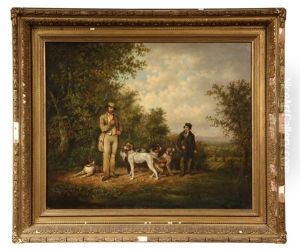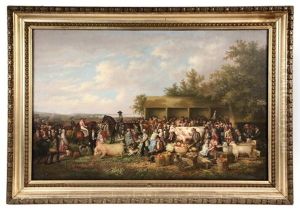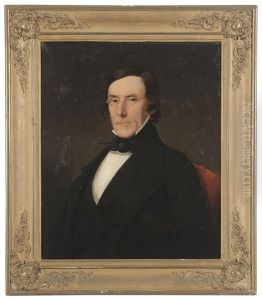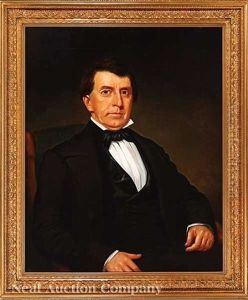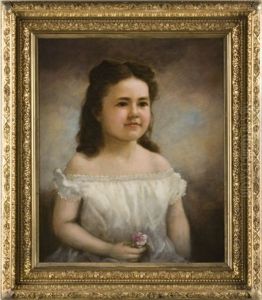William Garl Brown Paintings
William Garl Brown was an American artist who lived during the 19th century, a period that saw significant changes in the American landscape, both physically and culturally. Born in 1823, Brown's life spanned an era marked by the Civil War, the expansion of the frontier, and the early stages of the Industrial Revolution. These events, alongside the evolving American identity, provided rich material for artists of the time, and Brown was no exception. His work captures a unique blend of the American spirit, combining elements of romanticism with the emerging realism that would come to define American art in the later part of the century.
Brown was primarily known as a portrait painter, but his oeuvre also included landscapes and historical scenes, which were popular among the American public at the time. His portraits often depicted prominent figures of his era, offering a glimpse into the personalities that shaped the young nation. These works are characterized by their detailed realism and the emotional depth with which Brown imbued his subjects, a testament to his skill and sensitivity as an artist.
Throughout his career, Brown traveled extensively across the United States, drawing inspiration from its diverse landscapes and people. This nomadic lifestyle was not uncommon among artists of his time, who often sought to capture the essence of America through their work. Brown's landscapes thus serve as a visual diary of his travels, from the bustling cities of the East Coast to the vast, untouched wilderness of the West.
Despite his contributions to American art, William Garl Brown has not been as widely recognized as some of his contemporaries. This can be attributed to a variety of factors, including the sheer volume of artists working during this prolific period and the changing tastes of art patrons and critics over time. However, his work remains an important part of the American artistic heritage, offering insight into the country's history and the development of its visual culture.
Brown's death in 1894 marked the end of a career that spanned over seven decades. During his lifetime, he witnessed and contributed to the transformation of American art, from the romantic idealism of the early 19th century to the more realistic and introspective approaches that would characterize the turn of the 20th century. His legacy, though perhaps not as celebrated as that of some of his peers, underscores the diversity and depth of American artistic expression during a pivotal period in the nation's history.
